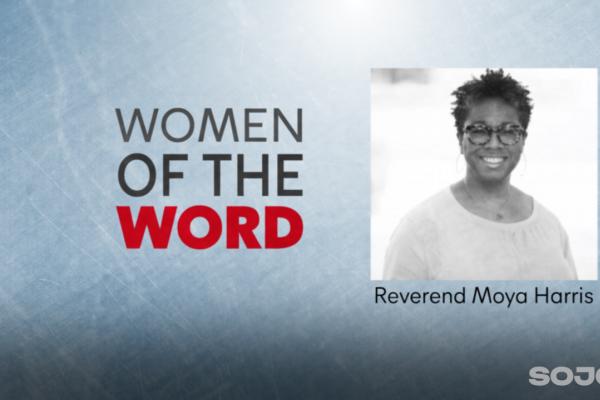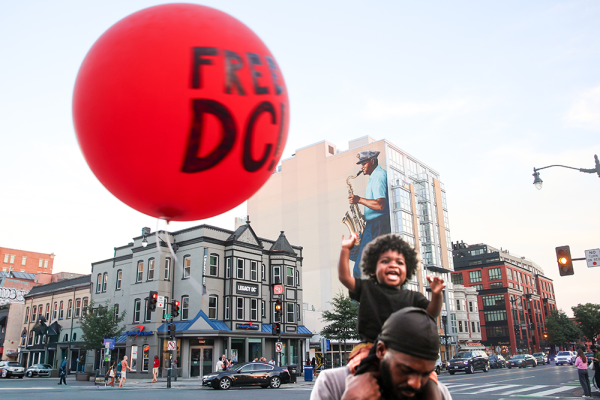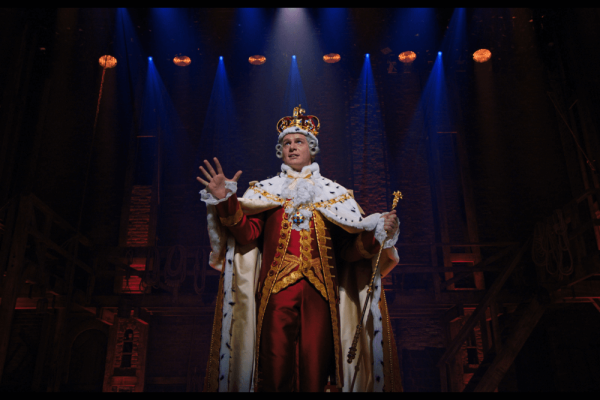On your mother’s side Abyssinian slaves,
grandees from Spain on your father’s.
How could someone dark
as a Dominican’s cappa with a burnt
oak face and a halo of knotted hair
be the patron of holiness?
Barbering and sweeping were not
causes for sainthood.
But there was no darkness in you.
You were simply not the right color
for monastic vows, something reserved
for white faces, white souls.
Later you begged Prior Lorenzana
to sell you as a slave to support
the friars who questioned why
you prayed with your eyes
closed. You did not need to see
what you believed in.
Seared in faith and charity,
you cared for dropsical beggars,
their heads full of fever and lice,
and made your bed for them to rest in,
folding their clothes in wreaths
of rosemary and myrtle. Everyone
was welcomed in your small cell.
Even the rats there were safe.
Miraculously, you walked through locked
doors to care for plague-stricken seminarians
removed from the rest of the priory.
When you died, a radiance flooded Lima.
But segregation still haunted the church.
For three hundred years you were
a saint-in-waiting, invisible as the poor
of Peru. Even your statue was hidden
in gloomy vestibules, out of sight
of white congregations.
It took a college of 38 cardinals
and a pope to end the agony
and declare your soul a mansion
of dazzling light in the same decade
those black souls marched across a bridge
in Selma toward martyrdom in Memphis.

Got something to say about what you're reading? We value your feedback!







